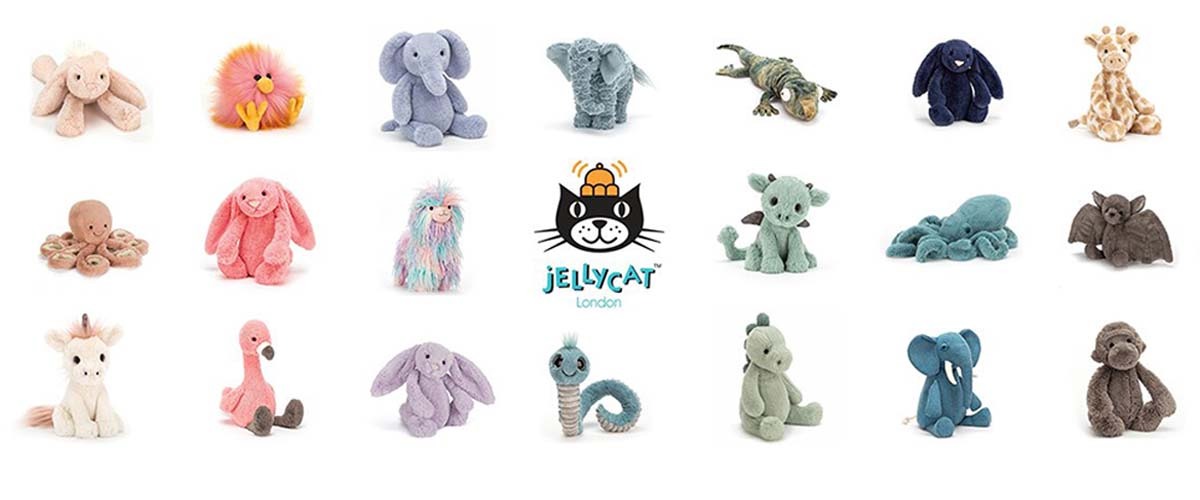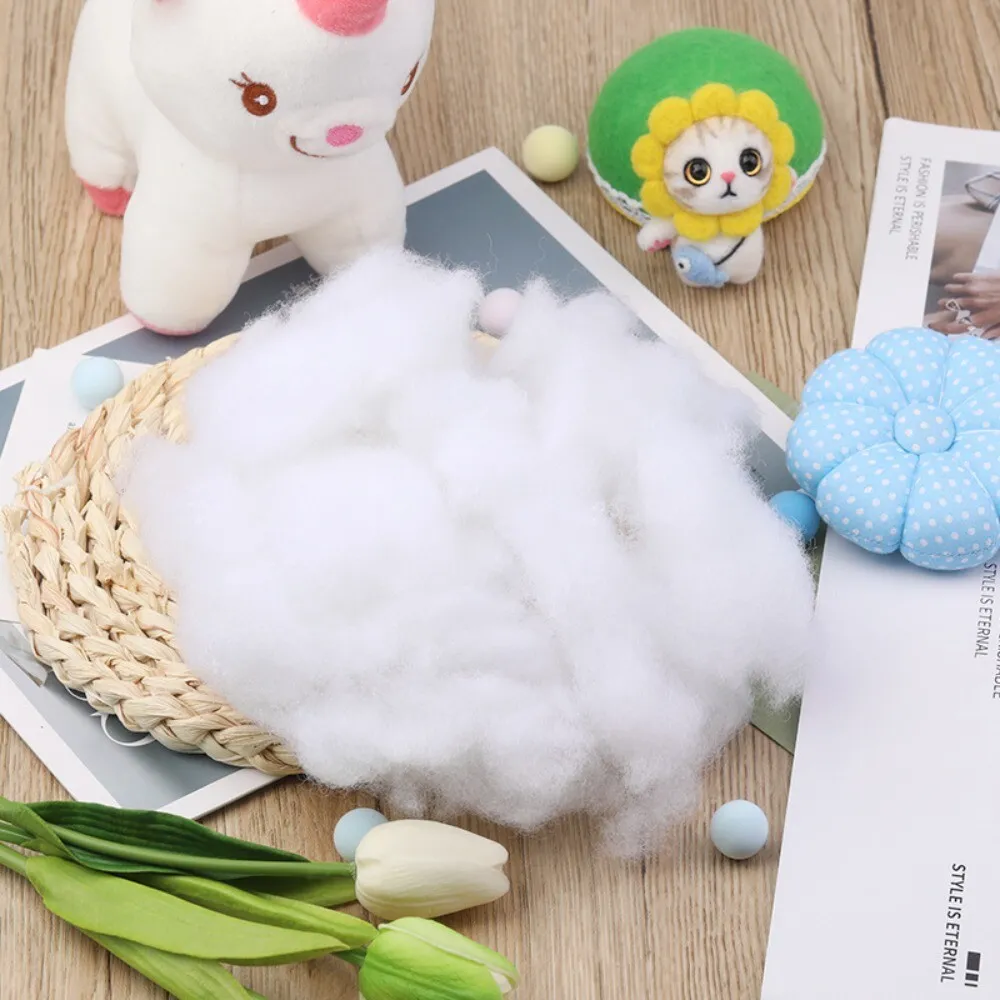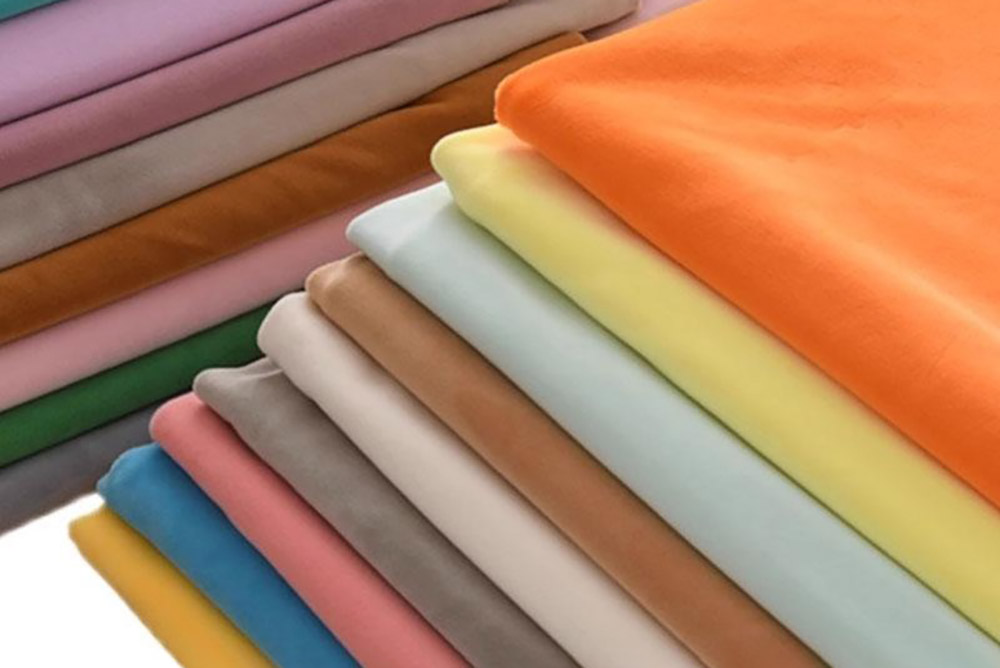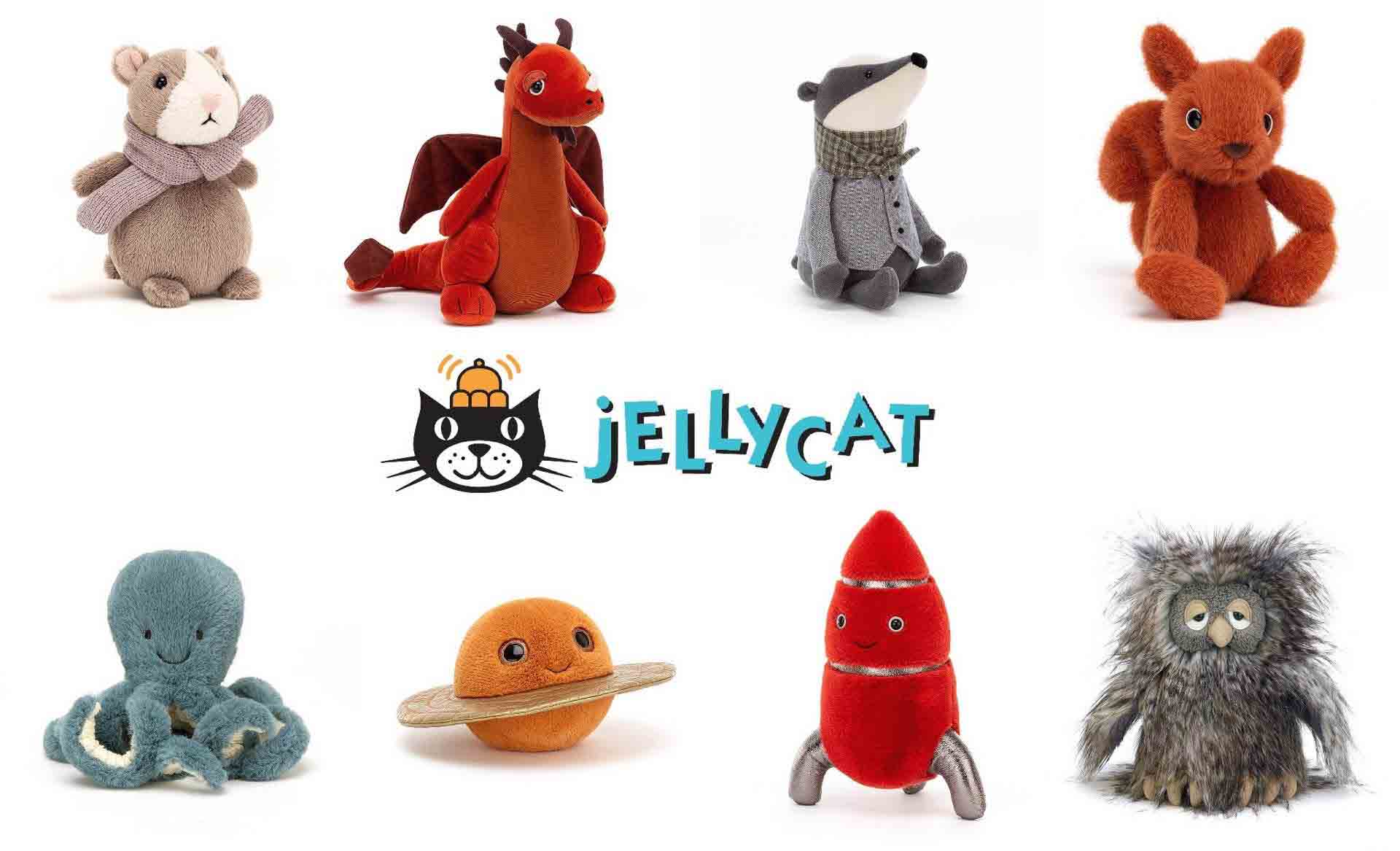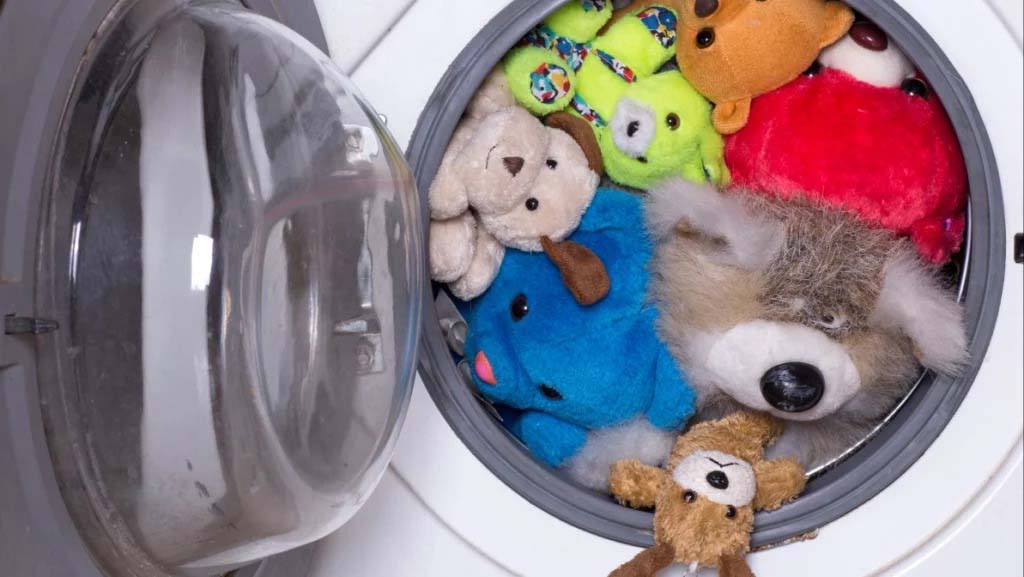Stuffed animal stuffing defines softness, durability, and safety. For buyers, selecting the right material means balancing cost, compliance, and consumer comfort.
The most common stuffing materials for stuffed animals include polyester fiberfill, cotton, foam, beads, and eco-friendly options like corn fiber or recycled polyester. Each filling impacts product softness, safety, and market appeal. For B2B buyers, choosing the right stuffing ensures compliance with CE/ASTM, cost efficiency, and customer trust.
Let’s explore the major stuffing materials and see how they shape plush toy performance and buyer satisfaction.
1) What Are the Most Common Types of Stuffing Used in Stuffed Animals?

Stuffing materials vary depending on product category and market needs.
The most common stuffing types include polyester fiberfill, cotton, foam, and beads. Polyester fiberfill dominates due to affordability, softness, and washability, while cotton and foam add natural or structural benefits.
Polyester fiberfill is the global standard for plush toys. It is lightweight, washable, and hypoallergenic when certified. This makes it versatile for everything from mass-market teddy bears to premium branded plush. Cotton filling, although less common in mainstream production due to cost, is preferred in eco-conscious markets for its natural softness.
Foam is used in parts that require firmness or shape retention, such as plush pillows, cushions, or hybrid toys. Beads, whether plastic pellets or glass microbeads, are often added to provide weight, stability, or sensory features. This is especially common in weighted plush or interactive designs.
For buyers, understanding these categories helps in choosing stuffing that fits both consumer expectations and pricing strategy. Polyester fiberfill remains the most efficient choice for large orders, while cotton and specialty fillings help brands differentiate in niche markets.
| Stuffing Type | Feature | Buyer Advantage |
| Polyester fiberfill | Soft, washable, affordable | Versatile for mass-market production |
| Cotton filling | Natural, breathable, eco-friendly | Premium eco-conscious appeal |
| Foam | Firm, structural support | Shape retention in special products |
| Beads | Adds weight, texture | Creates sensory or weighted designs |
Once the basics are clear, the comparison between synthetic and natural fillings becomes essential for sourcing.
2) How Do Synthetic Fillings Like Polyester Fiberfill Compare to Natural Options?

Synthetic and natural fillings serve different buyer priorities.
Polyester fiberfill is cost-efficient, washable, and consistent. Natural fillings like cotton or wool offer eco-friendly appeal but may be more expensive and less durable. Buyers must align material choice with target markets.
Synthetic stuffing, primarily polyester fiberfill, dominates global plush production. It provides reliable softness, resists clumping, and is easy to wash. Factories prefer it for its scalability and affordability. For large-volume retail chains, polyester is often the safest and most efficient choice.
Natural options such as cotton or wool stand out in premium and eco-conscious markets. Organic cotton filling is breathable and pesticide-free, making it ideal for newborn or baby plush toys. Wool provides natural resilience but can be less suitable for frequent washing. These options support eco-brand positioning but often raise material and production costs.
Buyers sourcing for Western markets often weigh the choice carefully. In Europe, where eco-trends are stronger, cotton or corn-based fiber may improve sales potential. In the US, affordability and washability often make polyester the preferred option.
Durability is another factor. Polyester retains loft after multiple washes, while natural fibers may compress over time. Buyers must consider the product’s lifespan and consumer expectations for long-term softness.
| Filling Type | Benefits | Limitations |
| Polyester fiberfill | Washable, affordable, durable | Petroleum-based, less eco-friendly |
| Cotton | Natural, breathable, eco positioning | Compresses, higher cost |
| Wool | Resilient, natural warmth | Less washable, niche market use |
Beyond standard fillings, specialty materials play an important role in adding unique features.
3) What Role Do Specialty Fillings (Beads, Foam, Cotton) Play in Plush Toy Design?

Specialty fillings add functionality and uniqueness to plush toys.
Beads, foam, and cotton are used to provide weight, firmness, or sensory features. These fillings allow designers to differentiate plush toys with unique textures and purposes.
Beads are widely used for weighted stuffed animals or plush designed for stress relief. Plastic pellets or glass beads give toys a grounding effect, which consumers find comforting. This type of stuffing also helps plush toys sit upright, increasing visual appeal for collectors or display.
Foam serves a different function. It adds firmness and structure where needed, such as in hybrid products like plush cushions or dolls with partial rigidity. Foam can be shredded for softness or used in blocks to retain shape.
Cotton, as a natural filling, provides breathability and appeals to eco-conscious buyers. It is softer and safer for infant markets when certified organic. While not as common for mass production due to cost, cotton filling creates premium positioning for specialized baby or organic product lines.
For B2B buyers, specialty fillings are strategic tools. They help brands move beyond simple plush toys to value-added categories. Weighted plush, therapeutic toys, and premium baby lines all rely on these materials. Sourcing factories must confirm quality, test for safety compliance, and verify durability during washing and use.
| Specialty Filling | Function | Buyer Value |
| Beads (plastic/glass) | Adds weight, grounding effect | Creates sensory and therapeutic toys |
| Foam | Adds firmness and structure | Ideal for hybrid or decorative items |
| Cotton | Natural and breathable | Premium eco-friendly product appeal |
With specialty materials explained, eco-friendly alternatives are increasingly shaping the market.
4) Are Eco-Friendly or Organic Stuffing Materials Available for Stuffed Animals?

Eco-conscious consumers demand sustainable fillings.
Eco-friendly stuffing includes recycled polyester, corn fiber, organic cotton, and bamboo fiber. These options reduce environmental impact and appeal to markets with strong sustainability preferences.
Sustainability has become a global requirement, not just a trend. Buyers and consumers expect eco-friendly alternatives in plush toys, especially in Europe and North America. Recycled polyester (RPET) is one of the most practical solutions. It is made from recycled PET bottles, reducing waste and maintaining similar softness and durability to virgin polyester.
Corn fiber is another growing option. It is biodegradable, hypoallergenic, and safe for infants, making it popular in eco-branded baby toys. Organic cotton stuffing offers premium positioning, but it is more costly and compresses faster than synthetic fiber. Bamboo fiber adds softness and antibacterial qualities, often used in high-end baby products.
For B2B buyers, eco-friendly fillings not only satisfy consumer demand but also create strong brand differentiation. Retailers highlight sustainability on packaging and online listings, improving sales potential. However, costs are higher, and supply chains may require careful management. Buyers should confirm certifications such as GRS (Global Recycled Standard) or GOTS (Global Organic Textile Standard) to ensure authenticity.
| Eco-Friendly Option | Benefit | Buyer Advantage |
| Recycled polyester | Uses PET waste, durable, washable | Balances eco-value and cost |
| Corn fiber | Biodegradable, hypoallergenic | Ideal for baby plush |
| Organic cotton | Natural, certified, breathable | Premium eco appeal |
| Bamboo fiber | Soft, antibacterial | Adds value in high-end products |
Safety remains the core factor that decides stuffing approval in global markets.
5) How Do Safety Standards Influence the Choice of Stuffing Materials?

Compliance is non-negotiable in the plush industry.
Stuffing materials must meet EN71, ASTM F963, and CPSIA standards. Tests include flammability, chemical safety, and durability. Buyers should only source stuffing with proper certifications.
Every stuffing material must pass safety tests before entering production. EN71 in Europe and ASTM F963 in the US require flammability resistance, chemical safety, and mechanical durability. For example, stuffing cannot contain harmful substances like formaldehyde or heavy metals.
Factories test stuffing for resilience, ensuring it maintains loft after compression. Wash tests are also conducted to confirm hygiene durability. For toys intended for infants, hypoallergenic certification and saliva resistance tests are common requirements.
Safety standards also cover production processes. For bead-filled toys, internal compartments must be securely stitched to prevent leakage. Foam must be certified free of toxic residues. Organic stuffing must have authentic certification (e.g., GOTS, OEKO-TEX).
For B2B buyers, sourcing safe stuffing protects both brand reputation and customer trust. Non-compliance can result in shipment rejections, recalls, or even legal penalties. Buyers should request compliance documentation from manufacturers and include safety audits in sourcing procedures.
| Standard | Region | Requirement | Buyer Advantage |
| EN71 | Europe | Flammability, chemical, mechanical | Ensures EU market access |
| ASTM F963 | USA | Safety for children’s products | Essential for US imports |
| CPSIA | USA | Lead and phthalate limits | Protects infant market compliance |
| GOTS/OEKO-TEX | Global | Organic and hypoallergenic proof | Eco-market credibility |
Beyond safety, buyers must also consider cost, logistics, and consumer appeal when choosing stuffing.
6) What Factors Should Buyers Consider When Selecting Stuffing for Custom Plush Toys?
Choosing stuffing is both technical and strategic.
Buyers must evaluate softness, washability, durability, eco-trends, compliance, and cost. The right choice balances product appeal, safety, and profitability in target markets.
Stuffing selection impacts consumer satisfaction, production costs, and brand positioning. Softness and huggability remain top priorities for most markets. Washability is equally critical, as parents expect plush toys to withstand frequent cleaning.
Durability ensures the plush maintains shape after long-term use. Polyester fiberfill remains the most reliable option, but eco-conscious fillings like RPET or corn fiber add value in specific markets. Buyers should balance durability against brand identity and consumer expectations.
Cost is always a factor. Synthetic stuffing offers affordability, while organic or specialty fillings increase expenses. Buyers should calculate target retail price points before finalizing stuffing. Logistics also play a role—lightweight fillings reduce shipping costs, while bead-filled or foam options may increase weight.
Compliance is mandatory. Always confirm stuffing materials meet required certifications for target markets. Factories with in-house testing and certification experience reduce risk for buyers.
| Factor | Consideration | Buyer Value |
| Softness | Comfort and huggability | Enhances consumer satisfaction |
| Washability | Withstands multiple washes | Reduces returns, boosts trust |
| Durability | Maintains shape over time | Long-term product quality |
| Cost & logistics | Material + shipping expenses | Impacts pricing and profit margins |
| Compliance | EN71, ASTM, CPSIA, eco-certifications | Ensures global market access |
Stuffing defines plush toy safety, softness, and market success. Buyers must balance cost, compliance, eco-trends, and consumer expectations.
At Kinwin, we provide sourcing, certifications, and custom plush solutions with high-quality stuffing materials. Contact Amanda at [[email protected]] or visit https://kinwintoys.com/ to start your custom plush project today.


